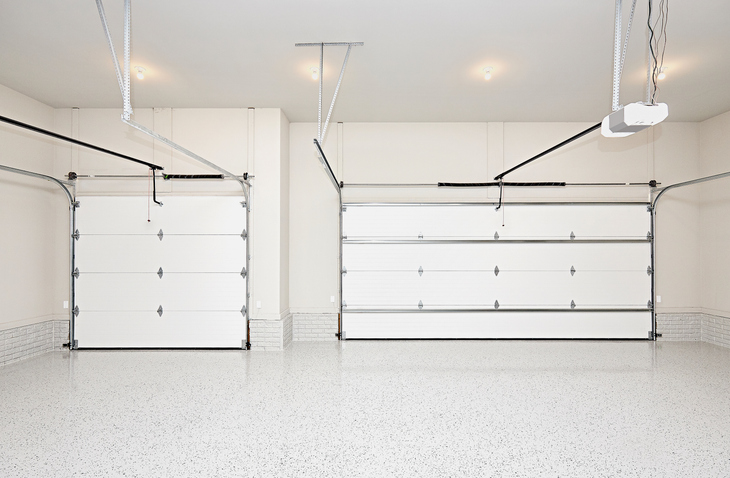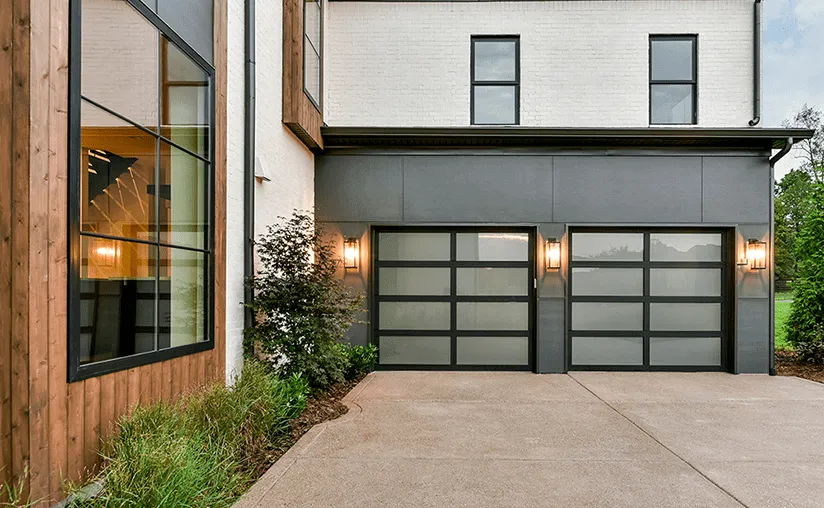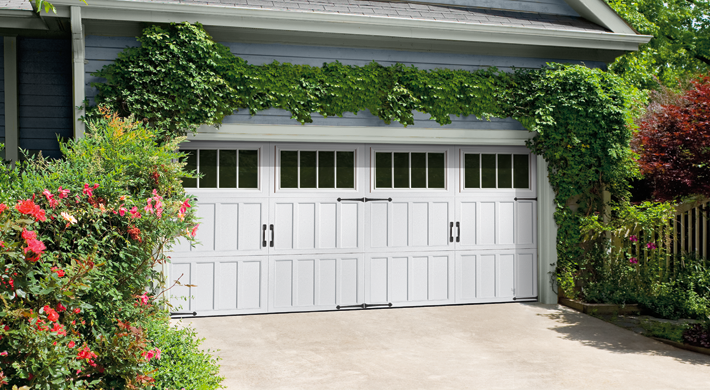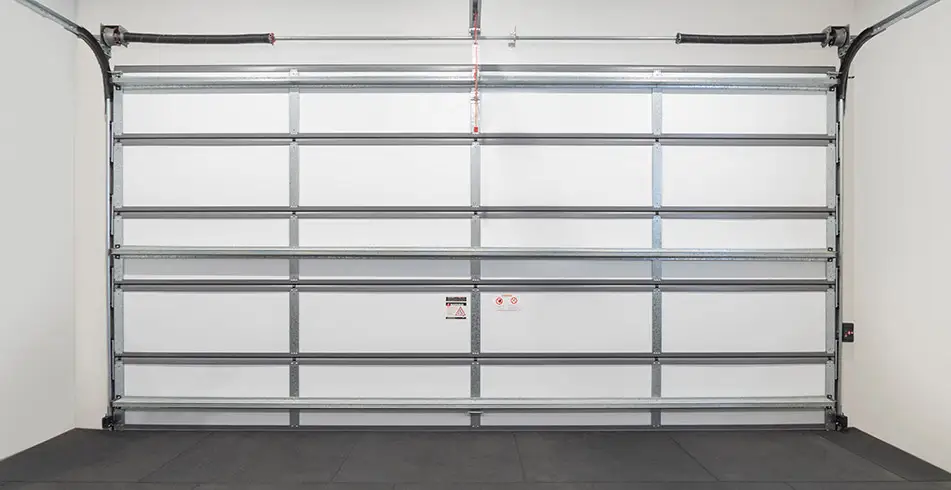When it comes to enhancing your home’s energy efficiency and comfort, installing an insulated garage door can make a significant difference. As a homeowner, you want to ensure that your garage door not only provides security but also contributes to your home’s overall thermal performance. This guide offers valuable insulated garage door installation tips to help you make the best decision for your home.

Why Choose an Insulated Garage Door?
Choosing an insulated garage door offers numerous benefits, including improved energy efficiency, reduced noise, and enhanced durability. By minimizing heat transfer, these doors help maintain a stable temperature inside your garage, contributing to lower energy bills. Moreover, they enhance the durability and lifespan of your garage door system.
Energy Efficiency Benefits
An insulated garage door acts as a barrier, reducing heat loss during winter and heat gain during summer. This results in a more consistent indoor temperature, potentially saving you money on heating and cooling costs. To learn more about how insulated garage doors can boost your home’s value, visit this insulated garage doors and home value article.
Pre-Installation Considerations
Before diving into the installation process, it’s crucial to consider certain factors. These include the type of insulation, the garage’s size, and the climate in your area. Each of these aspects will influence the effectiveness of your insulated garage door.
Types of Insulation
There are primarily two types of insulation used in garage doors: polystyrene and polyurethane. Polystyrene is similar to the material used in coolers, offering good thermal resistance. Polyurethane, on the other hand, is a foam that expands and bonds to surfaces, providing superior insulation.
Climate Considerations
Your local climate should play a significant role in your decision-making process. In colder regions, a well-insulated garage door can significantly reduce heating costs. Conversely, in warmer climates, it helps keep your garage cooler, reducing air conditioning expenses.
Installation Process
Installing an insulated garage door requires careful planning and precision. Although some homeowners may choose to hire professionals, others may prefer a DIY approach. Below are the steps involved in the installation process.
Gathering Tools and Materials
Before starting, ensure you have all the necessary tools and materials. This includes a tape measure, level, drill, screwdriver, ladder, and safety gear. Having everything on hand will streamline the process and prevent unnecessary delays.
Step-by-Step Installation
The installation process involves several key steps. First, remove the old door and track. Next, install the new door panels, starting from the bottom. Secure the panels with hinges and brackets, ensuring they are level and aligned. Finally, attach the springs and cables, testing the door’s balance and functionality.
Maintenance Tips
Proper maintenance is essential for the longevity and performance of your insulated garage door. Regularly check for wear and tear, lubricate moving parts, and clean the door’s surface. Addressing issues promptly can prevent costly repairs and extend the door’s lifespan.
Regular Inspections
Conducting routine inspections helps identify potential problems early. Check the door’s seals, springs, and tracks for signs of damage. If you notice any issues, consult a professional to avoid further complications.
For more insights on garage door maintenance and repairs, explore this garage door troubleshooting guide.

FAQs About Insulated Garage Doors
What is the R-value of an insulated garage door?
The R-value measures thermal resistance. The higher the R-value, the better the insulation. Insulated garage doors typically have R-values ranging from 6 to 20.
Can I install an insulated garage door myself?
While it is possible for experienced DIYers to install an insulated garage door, hiring a professional ensures proper installation and safety.
How much can I save on energy bills with an insulated garage door?
Energy savings depend on various factors, including your local climate, garage usage, and the door’s R-value. However, homeowners often see a noticeable reduction in heating and cooling costs.
This article contains affiliate links. We may earn a commission at no extra cost to you.










